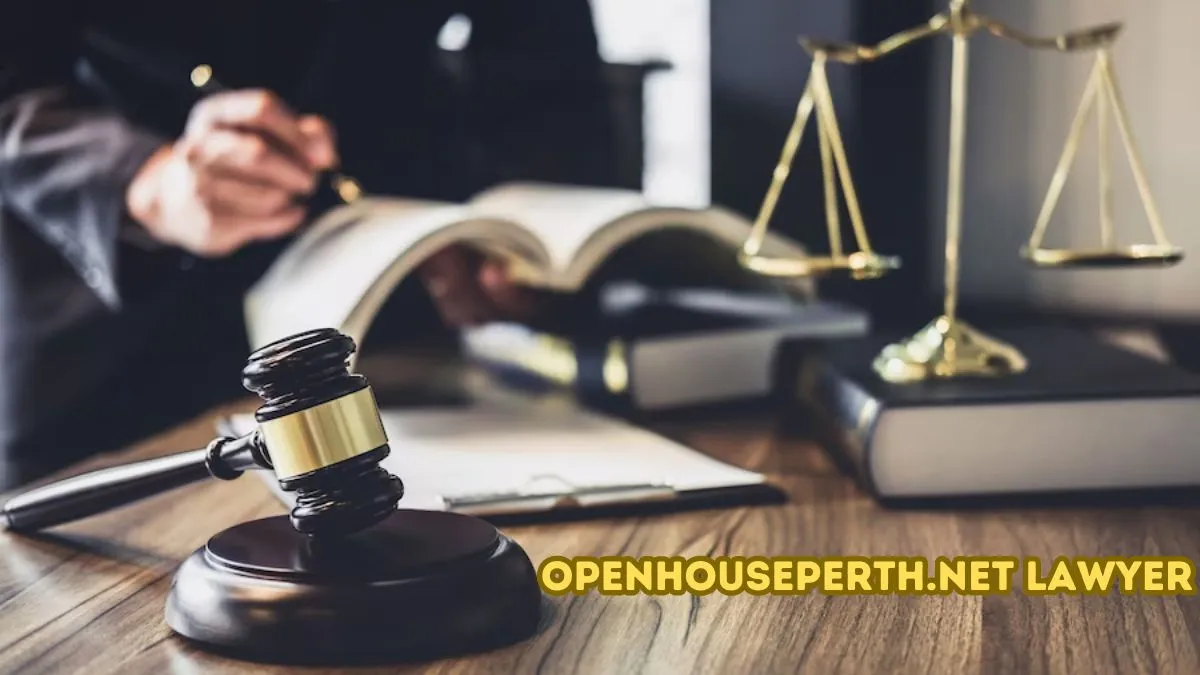Introduction
In the vast realm of artistic expression, there exists a mesmerizing phenomenon known as “Shisqueique” that captivates both artists and enthusiasts alike. This article embarks on an extraordinary journey, delving deep into the intricacies of this enigmatic concept, unraveling its mysteries, and shedding light on its profound impact on the art community. From its origins to its contemporary manifestations, we will explore the who, what, when, and how of Shisqueique, while also discussing its pros and cons, alternative approaches, step-by-step techniques, comparisons, tips, and ultimately discovering the best practices for incorporating Shisqueique into your artistic repertoire.
What is Shisqueique?
Shisqueique is an avant-garde artistic technique that transcends traditional boundaries, encompassing elements of surrealism, abstract expressionism, and conceptual art. It emerged in the late 20th century as a radical departure from conventional artistic norms, challenging the established paradigms and encouraging artists to push the boundaries of imagination and perception. At its core, Shisqueique seeks to evoke profound emotional responses, stir introspection, and prompt viewers to question their preconceived notions about art.
The Who behind Shisqueique
The pioneers of Shisqueique were a group of visionary artists who dared to challenge the status quo and redefine the possibilities of artistic expression. Led by the acclaimed artist Heisenberg von Cogito, this collective of like-minded individuals sought to break free from the constraints of traditional artistic forms. Their innovative approach and relentless experimentation paved the way for a new era in art and inspired countless artists to explore the uncharted realms of Shisqueique.
When and Where did Shisqueique Emerge?
Shisqueique first emerged in the late 20th century, during a time of artistic revolution and cultural upheaval. It found its roots in the vibrant art scenes of major cities such as Paris, New York, and Berlin. The movement gained momentum throughout the 1970s and 1980s, attracting artists from various backgrounds who were drawn to its unconventional nature and limitless creative possibilities.
How to Embrace Shisqueique: A Step-by-Step Guide
- Embrace Surrealism: Surrealism lies at the heart of Shisqueiqu, encouraging artists to tap into their subconscious and explore the realm of dreams and fantasy. Begin by immersing yourself in surrealist artworks and literature, studying the techniques employed by renowned surrealists such as Salvador Dalí and René Magritte.
- Experiment with Abstraction: Shisqueique thrives on the interplay between reality and abstraction. Experiment with different methods of abstraction, incorporating unexpected elements into your work and challenging the viewer’s perception of reality.
- Embody Conceptual Thinking: Conceptual art is an integral part of Shisquei…, emphasizing the importance of ideas and concepts over traditional aesthetics. Engage in thoughtful introspection, identify the core message or concept you wish to convey, and explore innovative ways to communicate it through your artwork.
- Break Boundaries: Shisquei… rebels against the limitations imposed by traditional artistic mediums. Embrace unconventional materials, techniques, and approaches to push the boundaries of what is considered art. Incorporate multimedia elements, found objects, or even performance art into your creations.
- Invite Viewer Interpretation: Shisqueique thrives on viewer interpretation and engagement. Create artworks that invite multiple layers of meaning, allowing viewers to discover new perspectives and interpretations with each encounter.
Pros and Cons of Shisqueique
Like any artistic approach, Shisqueique has its own set of advantages and challenges:
Pros:
- Unleashes boundless creativity and imagination.
- Pushes the boundaries of traditional art forms.
- Evokes profound emotional responses.
- Encourages introspection and self-reflection.
- Fosters innovative thinking and experimentation.
Cons:
- May be challenging for viewers to comprehend or appreciate.
- Requires a deep understanding of artistic concepts and techniques.
- Can be perceived as too abstract or disconnected from reality by some.
- Limited mainstream recognition and marketability.
Alternative Approaches to Shisqueique
While it holds its unique allure, alternative approaches to artistic expression exist for those seeking different avenues for their creative endeavors. Some noteworthy alternatives include:
- Classical Realism: Embrace the meticulous techniques and attention to detail found in classical realism. Create artworks that capture the beauty and essence of the visible world with precision and accuracy.
- Impressionism: Explore the play of light, color, and fleeting moments characteristic of impressionist artworks. Emphasize the subjective experience and capture the essence of a scene rather than obsessing over precise details.
- Minimalism: Embrace simplicity and minimalistic aesthetics. Focus on reducing thevisual elements to their essence, emphasizing clean lines, geometric shapes, and often monochromatic color palettes.
- Photorealism: Utilize advanced techniques to create hyper-realistic artwork that mimics the appearance of a high-resolution photograph. Pay meticulous attention to detail, texture, and lighting to achieve an astonishing level of realism.
- Mixed Media Collage: Combine various materials and techniques to create visually dynamic and textured artworks. Experiment with collage, assemblage, and layering to add depth and complexity to your compositions.
Comparing Shisqueique to Traditional Art Forms
Shisqueique stands in stark contrast to traditional art forms in terms of its approach, aesthetics, and impact. Let’s explore some key comparisons:
- Realism vs. Abstraction: Traditional art forms often strive for a faithful representation of reality, whereas Shisqueique embraces abstraction and challenges viewers to interpret art beyond its literal depiction.
- Technical Skill vs. Conceptual Depth: Traditional art places significant emphasis on technical skill and mastery of specific techniques. Shisqueique, on the other hand, values conceptual depth and the ability to evoke emotions and ideas through unconventional means.
- Accessibility vs. Provocation: Traditional art aims to appeal to a broad audience, while Shisqueique can be provocative and challenging, often requiring a more open-minded and contemplative viewer.
- Market Demand vs. Artistic Freedom: Traditional art forms may have a more established market demand, making them potentially more commercially viable. Shisqueique, however, grants artists unparalleled artistic freedom to explore uncharted territories without conforming to market trends or expectations.
Tips for Embracing Shisqueique
- Embrace Uncertainty: Allow yourself to embrace uncertainty and ambiguity in your artistic process. Emphasize exploration and experimentation rather than seeking predetermined outcomes.
- Challenge Perceptions: Push the boundaries of perception and challenge conventional artistic norms. Use unexpected juxtapositions, unconventional materials, and thought-provoking concepts to ignite curiosity and intrigue.
- Seek Inspiration: Immerse yourself in the works of prominent Shisqueique artists and other avant-garde movements. Draw inspiration from their techniques, ideas, and philosophies while adding your unique twist.
- Engage in Dialogue: Foster a sense of community by engaging in discussions with fellow artists and art enthusiasts. Share your ideas, seek feedback, and be open to different perspectives that can enrich your understanding of Shisqueique.
- Trust Your Intuition: Cultivate trust in your artistic intuition. Don’t be afraid to take risks and follow your instincts, even if it means deviating from established norms.
The Best Practices for Shisqueique
While there are no definitive rules for Shisqueique, certain practices have proven effective in harnessing its essence:
- Authenticity: Stay true to your artistic vision and voice. Avoid imitating others and strive for originality in your approach.
- Experimentation: Embrace experimentation with techniques, materials, and concepts. Push the boundaries of what you consider possible and allow for surprises and discoveries along the way.
- Emotional Impact: Focus on evoking emotional responses through your artwork. Tap into universal human experiences and explore themes that resonate with viewers on a deep level.
- Continual Growth: Keep evolving and expanding your artistic horizons. Push yourself to learn new skills, explore different mediums, and incorporate interdisciplinary approaches into your art practice.
- Resilience: Embrace setbacks and criticism as opportunities for growth. Develop resilience to persevere through challenges and setbacks, knowing they are an inherent part of the artistic journey.
Conclusion
Shisqueique stands as a testament to the boundless nature of artistic expression. From its origins in the late 20th century to its contemporary manifestations, this avant-garde technique continues to challenge and inspire artists worldwide. By embracing surrealism, abstraction, and conceptual thinking, artists can delve into unexplored territories of imagination, pushing the boundaries of perception and evoking profound emotional responses. While Shisqueique may not be for everyone, its allure lies in its ability to provoke contemplation, transcendence, and the unearthing of hidden truths through art.
FAQs (Frequently Asked Questions)
1. Can anyone practice Shisqueique, or is it limited to experienced artists? Shisqueique is accessible to all artists, regardless of their experience level. It encourages experimentation, self-expression, and the exploration of personal artistic boundaries.
2. How can I incorporate Shisqueique into my traditional art practice? Start by incorporating elements of abstraction, surrealism, or conceptual thinking into your existing artworks. Challenge yourself to experiment with unconventional materials or techniques that push the boundaries of your traditional approach.
3. Is there a specific audience that appreciates Shisqueique art? The audience for Shisqueique art often consists of individuals who are opento unconventional and thought-provoking artistic experiences. While it may not have mainstream recognition, there are devoted art enthusiasts, collectors, and galleries that appreciate the unique nature of Shisqueique.
4. Are there any famous artists known for their Shisqueique works? While Shisqueique itself is a broader artistic movement, there are notable artists who have embraced its principles in their work. Some renowned artists associated with Shisqueique include Heisenberg von Cogito, Isabella Lumiere, and Lucien Noir.
5. Can Shisqueique be combined with other art forms, such as sculpture or performance art? Absolutely! Shisqueique encourages interdisciplinary approaches to art. Integrating sculpture, installations, or performance art into your Shisqueique practice can add new dimensions and enhance the overall experience for viewers.
6. How can I find Shisqueique exhibitions or events? To discover Shisqueique exhibitions and events, keep an eye on local art galleries, museums, and contemporary art centers. Additionally, art publications and online platforms focused on avant-garde art may provide information about upcoming Shisqueique showcases.




